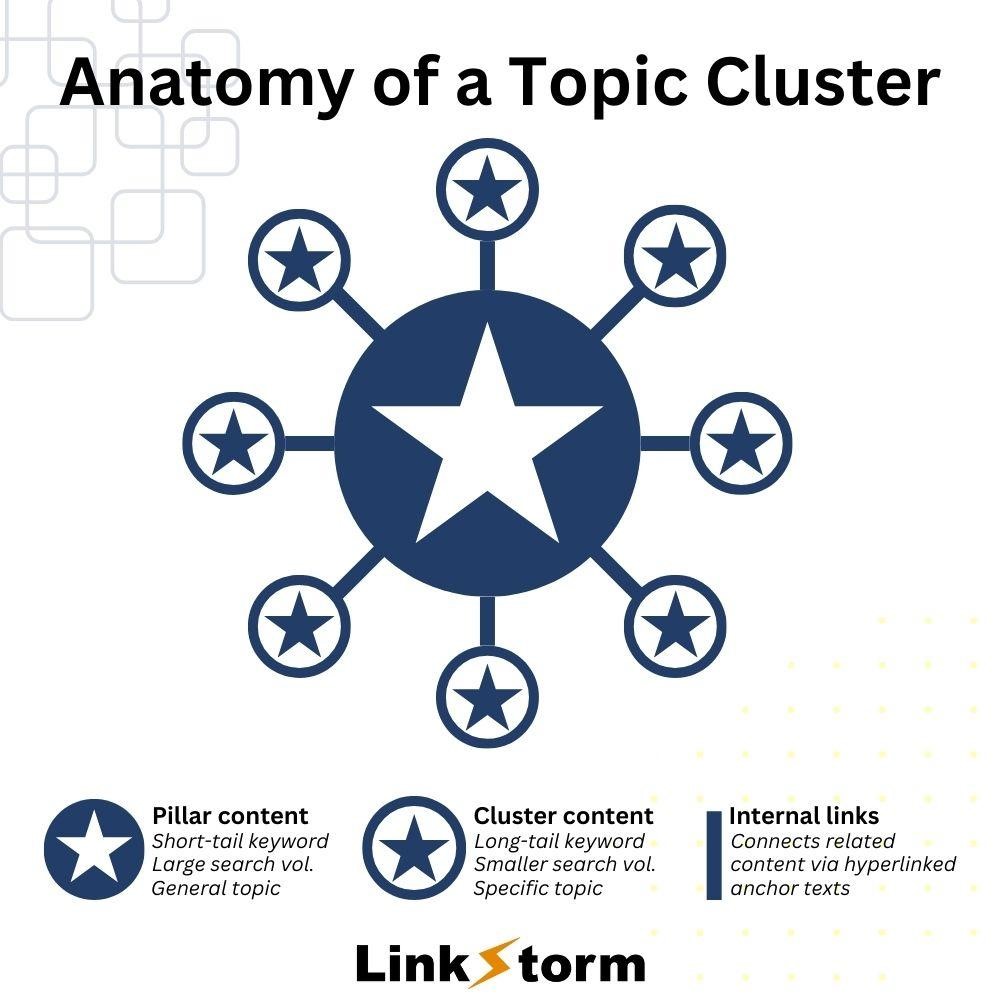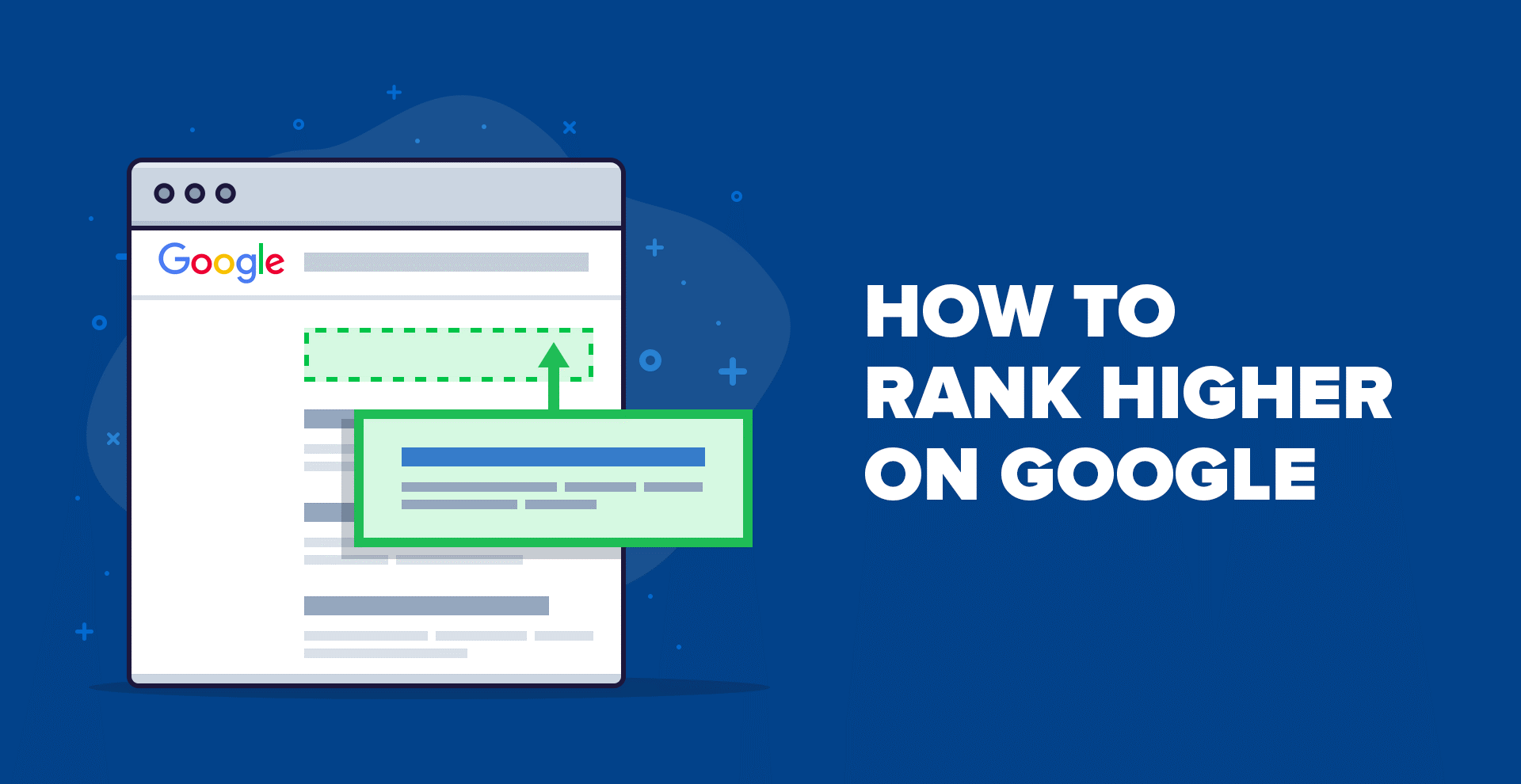
Link building is unquestionably one of the cornerstones of boosting a site’s search rankings.
After all, backlinks are considered the authority currency of the online marketing world.
The more backlinks pointing to a site, the more authority it has and the better it performs in search results.
However, in this hyperfocus on external validation, a crucial internal element often gets sidelined: internal linking.
Internal links are just as essential for SEO success as others. They are the highways and backroads connecting your website's content, guiding users and search engines through your domain.
If you’ve thrown internal linking to the backburner of your SEO marketing, let’s change that.
Here, we’ll explore five reasons why internal linking deserves a starring role in your SEO repertoire.
1. Valuable Source of PageRank
One of the core tenets of SEO is establishing a website's authority in the eyes of search engines.
A key metric in this evaluation is PageRank, a concept developed by Google to assess a web page's relative importance.
In other words, web pages with higher PageRank or link equity rank more prominently in search results.
Like backlinks, internal linking also plays a vital role in optimizing your website's PageRank distribution.
When a link is created from one page on your website to another, a portion of the source page’s PageRank is transferred to the target linked URL. This strategic distribution allows you to:
- Enhance the Authority of Targeted Pages: The authority of linking pages rubs onto the target pages, significantly improving their ranking potential.
- Maneuver the Direction of Link Juice: While transferring PageRank from high-authority to low-authority pages is a usual practice, users can also opt to steer the direction based on their SEO goals. For instance, building internal links from high-authority to fellow high-authority pages can further boost their SERP performance.
- Improve SERP ranking: More PageRank on a URL means improved ranking on search engines for given search queries.
2. Boosts Topical Authority
A website’s expertise and trustworthiness within a specific subject area, a.k.a. topical authority, also influences the SERP performance of every web page under its domain.
Topical authority is achieved through the creation of topical clusters, which are informational hubs composed of three elements:
- Pillar post: The central hub of topical clusters. Pillar posts are long-form content ranking for short-tail keywords and covering a wide range of information.
- Cluster content: The spokes branching out of the pillar post. Cluster content rank for long-tail keywords and comprehensively explore concepts glossed over on the pillar post.
- Internal links: They connect the pillar post to cluster content and vice versa.
Topical clusters look like this:

Source: LinkStorm
When websites create a network of pillar posts and cluster content, they provide users with a comprehensive and informative resource. This structure also signals topical authority to search engines by establishing thematic connections or contextual relationships across a web of content.
Strategically interlinking relevant content across your website demonstrates a cohesive understanding of a particular subject. As a result, your web pages tend to appear on SERPs for search queries surrounding that topic.
3. Provides Positive User Experience
A well-connected website goes beyond influencing its SEO performance. Internal links also play a critical role in boosting visitors’ user experience.
Here’s how internal linking can contribute to a positive search journey for your users:
- Improved navigation: While there are different types of internal links, each provides users with a clear path to navigate your website.
For instance, navigational links make up your site’s navigational structure and are present site-wide. These links enable users to explore the site. Conversely, contextual links build bridges between related content.
- Enhanced Content Discovery: Strategic internal linking exposes users to a broader range of your website's content.
By embedding relevant links throughout their journey, they are likelier to discover valuable information they may not have initially found. This fosters a deeper engagement with your website's content.
- Increased User Satisfaction: In many cases, users' overall satisfaction with a website increases when they discover relevant content via internal links that satisfy their search query.
This can lead to improved engagement metrics.
Speaking of which…
4. Improves Engagement Metrics
In the SEO realm, there’s a plethora of ranking factors that influence a site’s SERP performance. One of the often overlooked factors is engagement metrics.
Engagement metrics refer to the quantifiable data points measuring how a user interacts with a website. These metrics grant valuable insight into user behavior and content effectiveness.
Internal linking can indirectly yet positively impact engagement metrics. Here are a few ways internal linking does that:
- Average Session Duration: Also known as dwell time, this metric reflects the average time users spend actively engaged on your website.
Effective internal linking encourages users to explore related content, extending their session duration on your site.
- Page Views per Session: This metric indicates the average number of pages a user views during a single visit.
Strategic internal linking can entice users to navigate to relevant pages on your website, increasing the number of pages viewed per session.
- Bounce Rate: This metric represents the percentage of visitors who leave your website immediately without engagement.
Relevant internal links give users pathways to related content, which, when clicked, may decrease the bounce rate and keep users engaged for longer.
- Click-Through Rate: CTR measures the percentage of users who click on a specific link within your website.
Well-placed internal links that implement anchor text best practices can encourage users to click and explore more content, boosting your site’s click-through rate.
Improved engagement metrics tell search engines that your website offers a valuable and engaging user experience. This positively impacts your site’s SEO performance, leading to better rankings in SERPs.
5. Enhances Crawl Efficiency
Web crawlers are the lifeline connecting websites and search engines. These crawlers, which Google appropriately calls Googlebot, constantly scan the web to index newly published web pages.
Since crawlers have limited resources and time to spend on each website, internal linking can significantly enhance crawl efficiency. Here’s how:
- Clear pathways for the Googlebot: Internal links are portals web crawlers use to explore new web pages. A well-connected internal linking architecture serves as a roadmap for search engine crawlers.
Strategically interlinking pages on your site guides Googlebot in discovering and indexing new pages.
- Prioritization and importance signals: The placement and prominence of internal links denote the relative importance of target web pages to search engines.
For instance, linking to high-priority pages from other indexed and ranking pages within your site can signal their importance to crawlers.
- Reduced crawl budget waste: While Google says crawl budget isn’t something small websites have to worry about, the same cannot be said about large sites. Google allocates a dedicated crawl budget to each website, limiting how many pages they will crawl and index.
Ensuring all your valuable content is interconnected with internal links minimizes the chances of crawlers wasting resources on dead ends or unimportant pages. This allows them to focus on indexing your most valuable content.
In essence, internal linking acts as a guiding light for search engine crawlers. It helps them discover, prioritize, and efficiently index all your website's content.
Don’t take Internal Linking for Granted!
There’s more to internal links than just an improved site-wide connection.
Strategic internal linking can enhance your users’ search experience, improve your crawlability and indexing, and elevate your site’s SEO performance. This ultimately boosts the ranking of your pages on search results.
However, site owners overlook another thing: internal linking is more cost-effective than other SEO marketing approaches. Armed with the right internal linking tool, you don’t need a dedicated team to get your internal links up and running.
Exceptional SEO-driven results for less? Internal linking does just that.
Happy linking!



